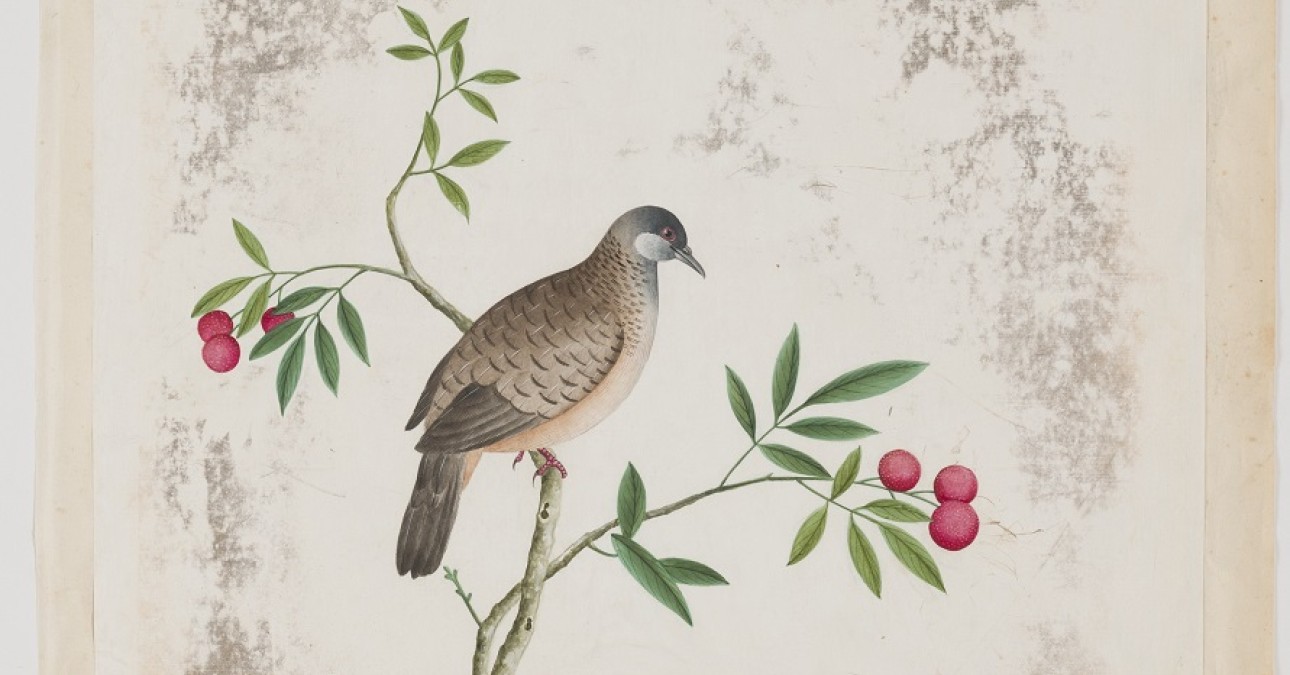
Video: Reducing discoloration on a 17th century watercolor
CCAHA Mellon Conservation Fellow Juliet Baines recently recorded this time-lapse video over the course of three days in our lab. The painting in the video is one of a number of c. 1650-1750 Chinese watercolors that we have treated for the Academy of Natural Sciences at Drexel University. The paper is coated with a white paint containing basic lead carbonate. When this pigment reacts with pollutants in the air, mainly sulphides, it changes color. The basic lead carbonate converts to lead sulphide that has a color that can range from light pink to black. Lead sulphide can be converted to the white pigment lead sulphate by exposing it to hydrogen peroxide. Watch the ring of discoloration on this particular painting gradually reduce as it's exposed to a low concentration of peroxide gas in a vapor chamber!